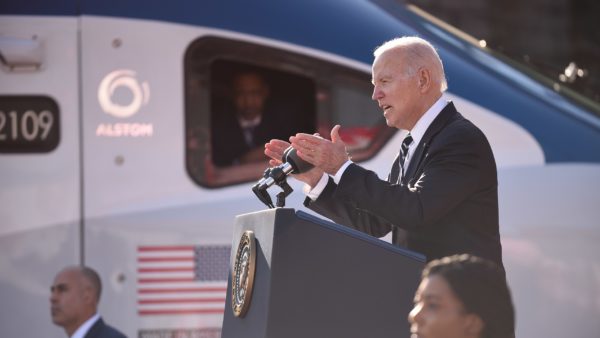A plan to privatise two international airports at Osaka has moved a step closer to realisation by the successful agreement of Japan’s largest ever project finance deal.
A loan of $1.7bn has been arranged with a consortium of 13 financial groups, led by the Sumitomo Mitsui Banking Corporation (SMBC) and Mizuho Bank. The money will be borrowed by Kansai Airports and will be spent on running Kansai International and Osaka International airports.
Kansai Airports is a joint venture between a Japanese finance house called the Orix Corporation and Vinci Airports. They signed a deal to manage the two airports in December last year.
The consortium will take over the facilities next month, and will run them for 44 years. According to a SMBC, the concession will “enhance the function of the two airports as international hubs in the Kansai region, revitalise the regional economy and set a precedent for the future privatisation of other Japanese airports”.
Orix and Vinci each hold a 40% share in the consortium, with the remainder held by companies from the Kansai region. The two gave a press conference at the end of last year at which they outlined their plans for their new assets.
At Kansai plans have been proposed to add a third runway, a cargo terminal and extra aprons, expanding the airport size to 13 square kilometres. It is not clear at present when these will begin, or whether they will be paid for by the consortium
These included increasing total passenger throughput from 35 million at present to 58 million at the end of the franchise period in 2059.
The presentation did not go into detail about the Kansai Airport’s expansion plans, although it did mention the expansion of terminals and the building of commercial facilities.
At present, Osaka International airport handles only domestic flights. Its international traffic was moved Kansai International in 1994. This airport, designed by Italian architect Renzo Piano, was built on a 12 square kilometre artificial island in Osaka Bay.
In 2008, the total cost of the project, including remedial work to stop it from sinking, was put at $20bn, making it one of the most expensive civil engineering projects in history.
The original airport quickly reached its capacity limits, and so an additional runway was built in 2007 and a second terminal was added in 2012. A third terminal for low cost carriers is under way at Kansai, and an expansion of the passenger terminal at Osaka will be completed in 2020.
At Kansai plans have been proposed to add a third runway, a cargo terminal and extra aprons, expanding the airport size to 13 square kilometres. It is not clear at present when these will begin, or whether they will be paid for by the consortium. Â
The deal is intended to attract more investment into Japan’s aviation infrastructure. According to the World Economic Forum’s Competitiveness Report for this year, Japan’s transport infrastructure as a whole is the fifth-most competitive in the world, however it ranks 25th for quality of air transport infrastructure.
It is also a part of the policy package known as “Abenomics” – Prime Minister Shinzo Abe’s plan to stimulate demand in Japan’s deflating market partly through increased infrastructure spending. SMBC comments that “advanced financing for the concession-based business” is its way of supporting this approach.
SMBC and Mizuho are two of Japan’s three “megabanks”, along with Mitsubishi UFJ. Osaka is Japan’s third largest city, after Tokyo and Yokohama, with a population of 2.6 million.
Top image: Kansai airport, one of 10 structures to be given a “Monument of the Millennium” award by the American Society of Civil Engineers (Wikipedia)
Article edited on 3 March to correct the spelling of Kansai and to update the photograph. Thanks for your comments.










